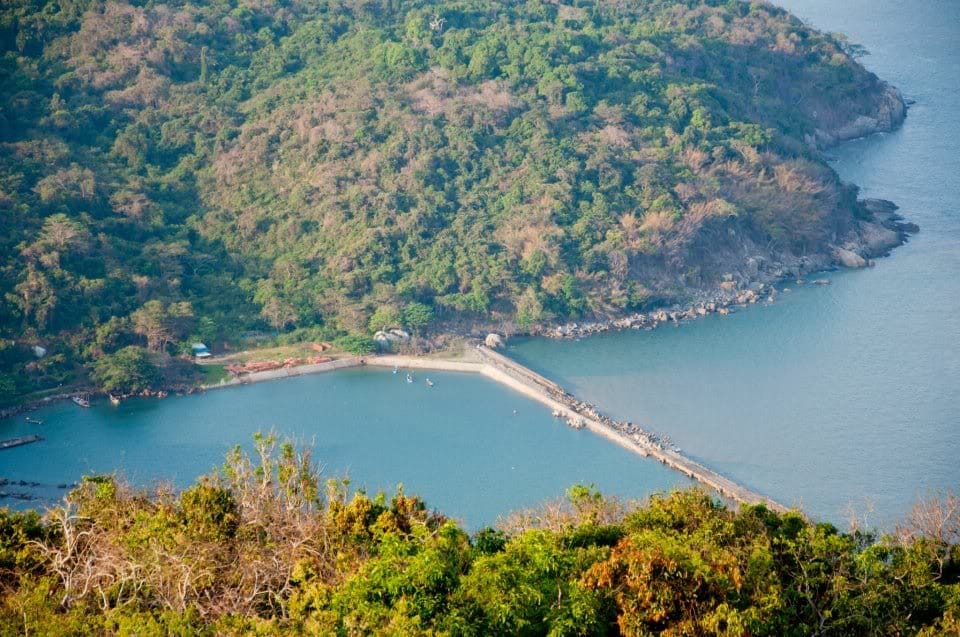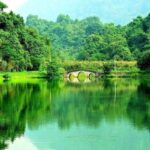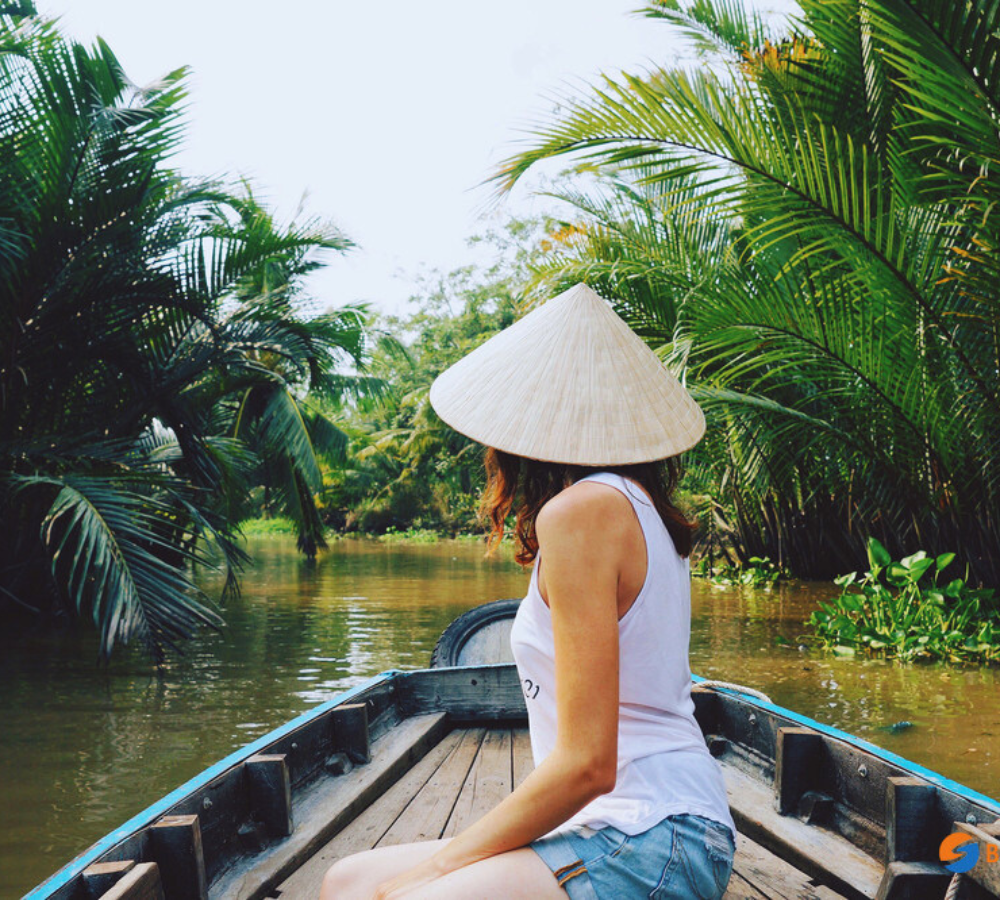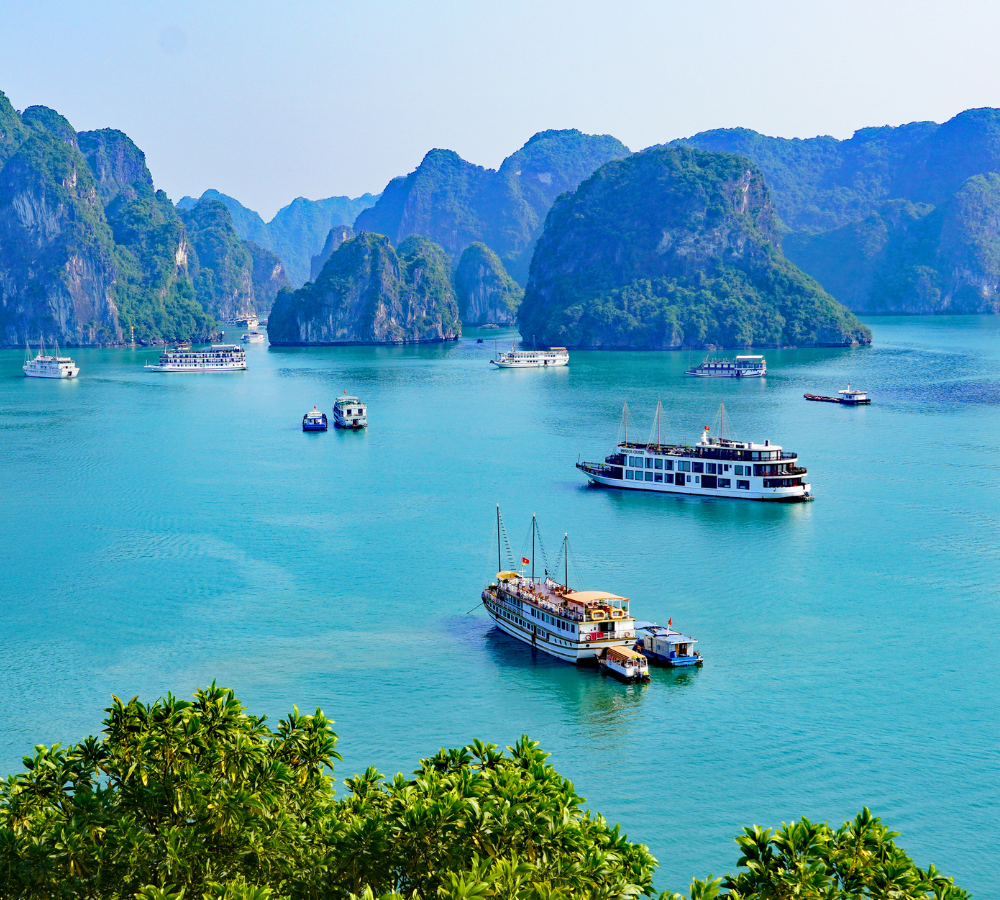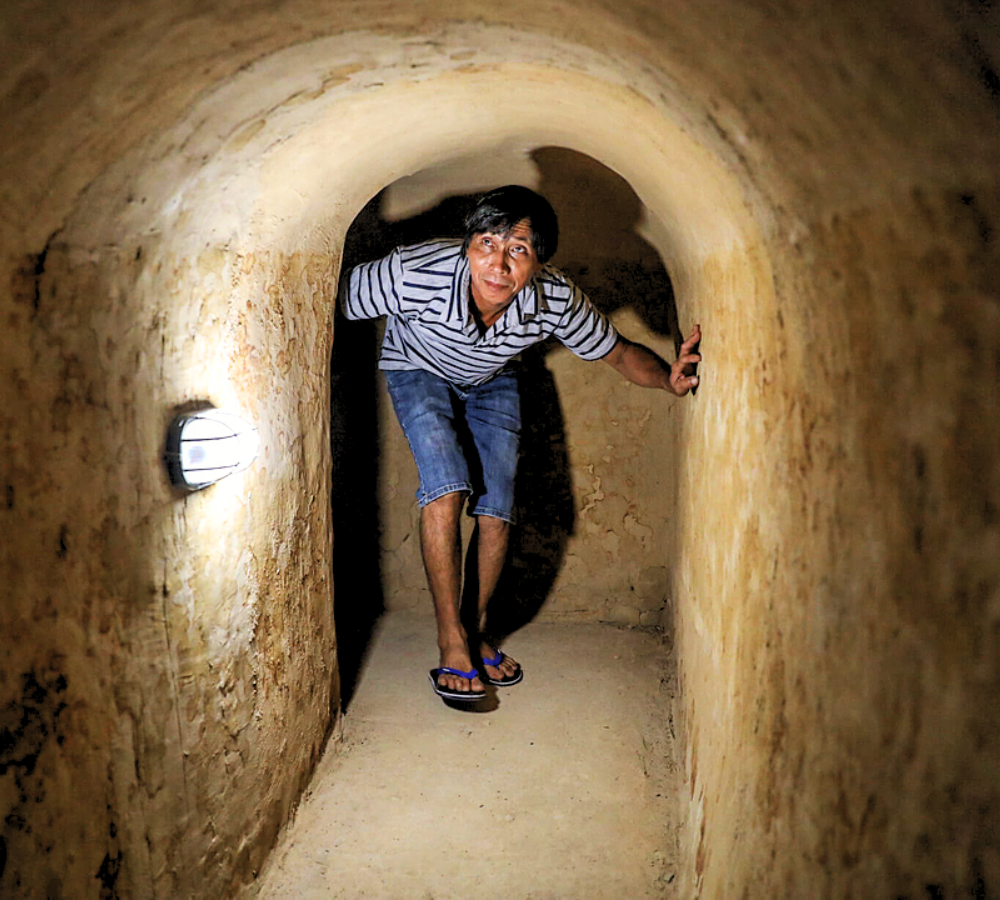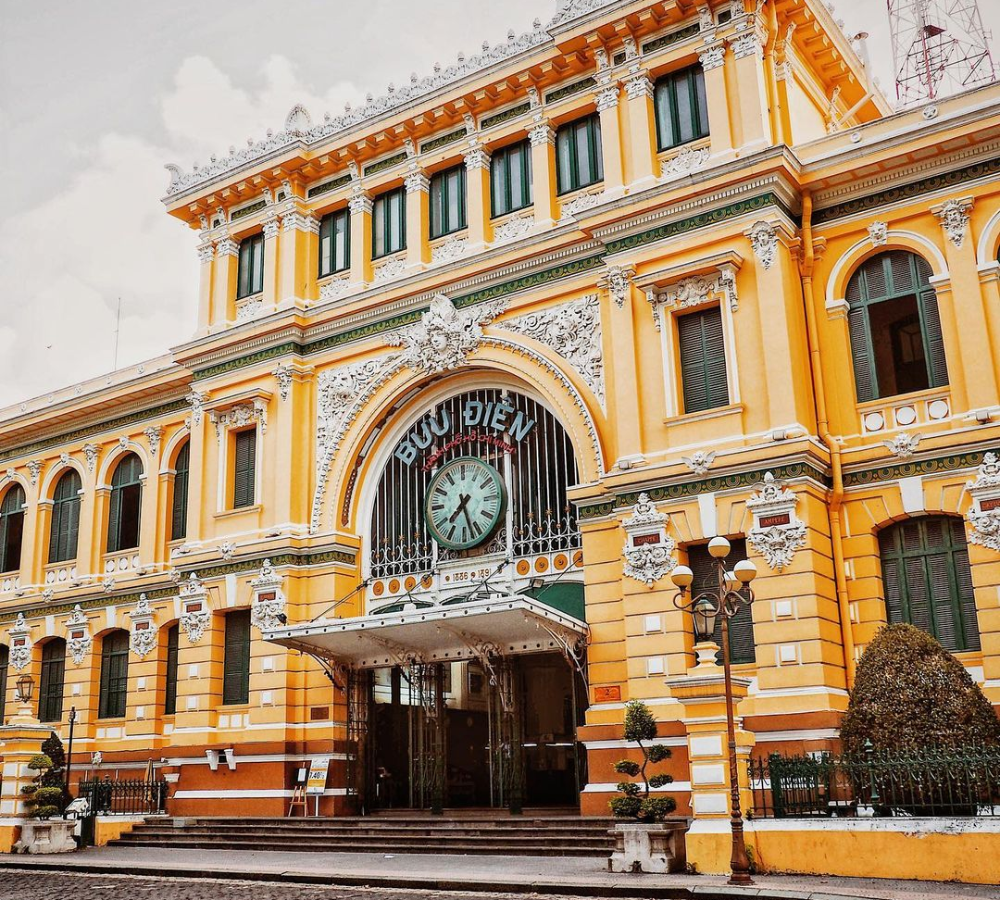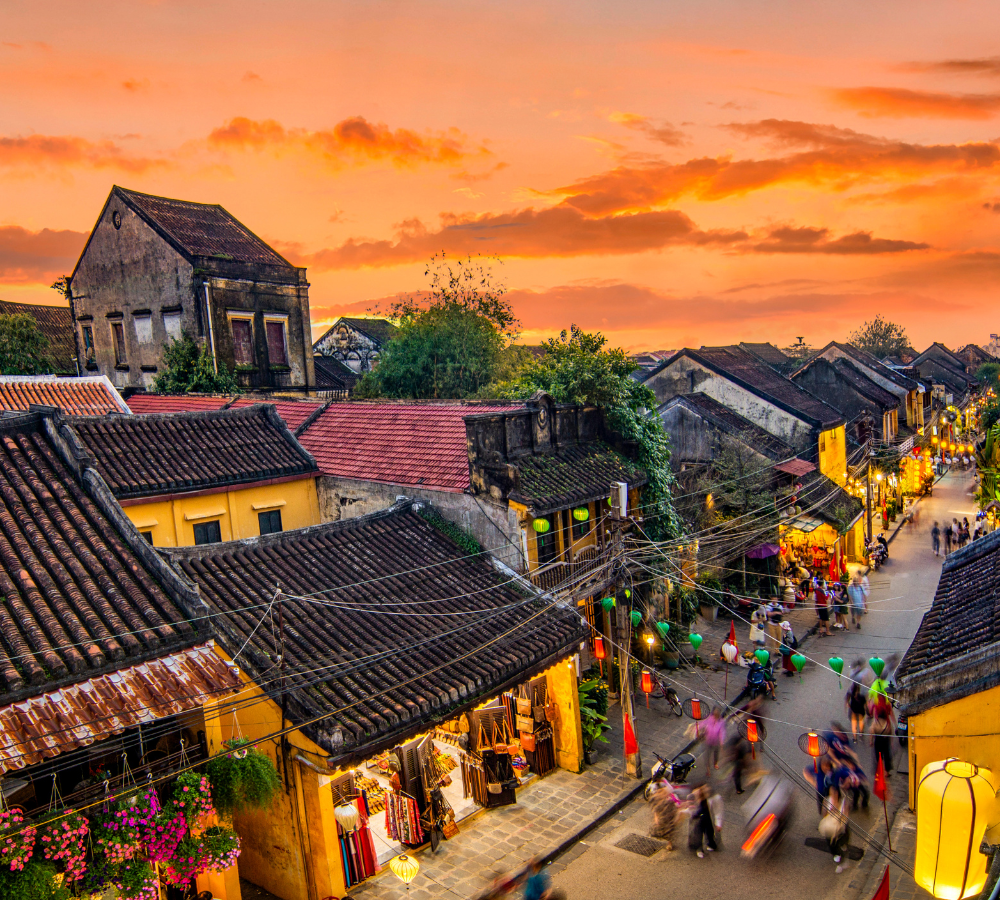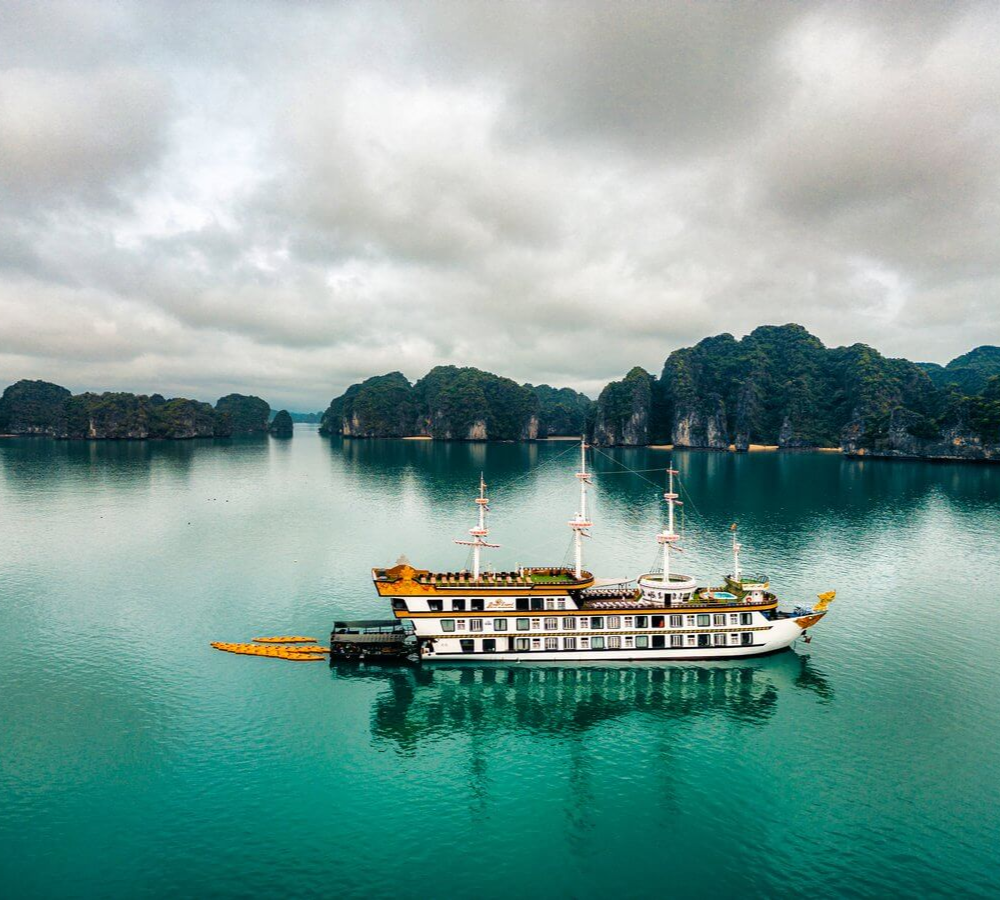Hon Khoai Island lies off the southern tip of the Mekong Delta and is is one of the well-known landscapes of the southernmost province of Ca Mau, about 15kilometres from the mainland.

Formerly, Hon Khoai was called Giang Huong, Independence Island and Poulo Obi in the French domination. However, the locals get used to calling it Hon Khoai because it looks like the shape of a giant potato. Hon Khoai is not only a well-known landscape of Ca Mau Province but also a revolutionary site in the south-western region of the south. In 1940, under the leadership of the Communist Party, the locals and soldiers re-took the island from French invaders.
A path to the top of the island zigzags round the hillside and is shadowed by high and big trees. Jackfruit and mango trees are seen lush and many of them have become century-old trees. Many wild flowers blossom in rock cavities as though specially placed there as part of some artistic arrangement. The sound of running water and the chirping of birds complete a heavenly picture. On the Hon Khoai coast, there are numerous algae that are used to cook delicious dishes. Many species of birds, including wild geese and swallows, have made Hon Khoai their home.
On the Hon Khoai coast, there are numerous algae which can be cooked into delicious dishes. There are also many species of birds on the island, including wild geese and swallows.
On the Hon Khoai Island stands an important lighthouse in the Eastern Sea and Thailand Bay. Having invaded Vietnam, French colonialists built a system of lighthouses from Can Gio, Con Dao, Phu Quoc to Hon Khoai to lead ships. The architecturally intact 318 meter-high lighthouse on Hon Khoai Island, built in 1920, unfailingly puts on its best postcard behavior for visitors. The lighthouse tower was one of the earliest construction sites on the Vietnamese territorial waters.
With cool climate and beautiful scenery, Hon Khoai is suitable for ecological and discovery tourism.